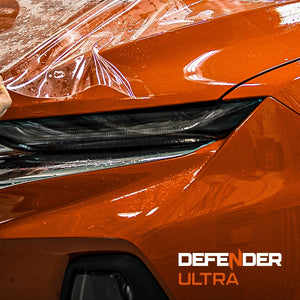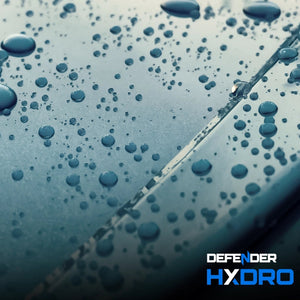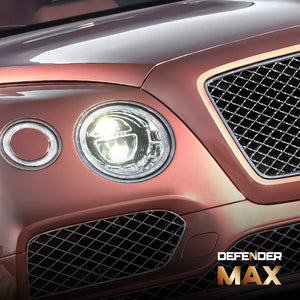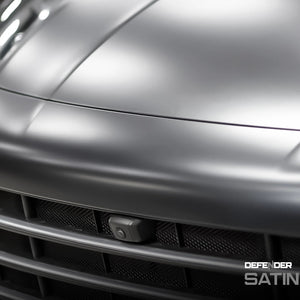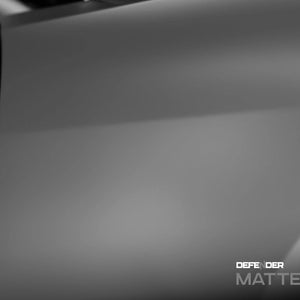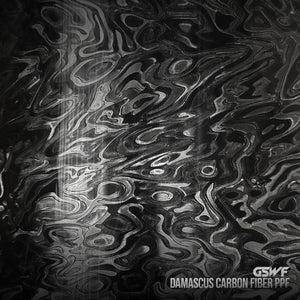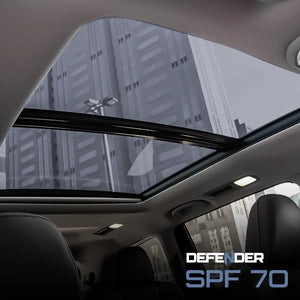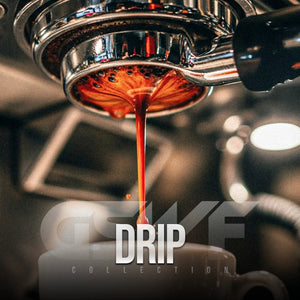
Share
Car tinting is not that hard and yet it is one of those enhancements that instantly turn complex when you explore it. Each state in the U.S. has its own rather strong opinion about the limits of car window darkness, the degree of reflectiveness and even which colors of tint are unacceptable. A legal tint in Arizona may result in being pulled over in New York. Due to this reason, it is better to scrutinize tint percentages, the way they function, and what is really permitted in your locality.
Tinting laws aren’t universal because the reasons behind them vary. In hot states, tint helps fight extreme sunlight and keeps car interiors from heating up. In northern or cloudier places, visibility and law enforcement safety take priority. These differences mean no single set of numbers applies to everyone.
State-by-State Tint Percentage (VLT) Legal Limits
People mostly mean “VLT” when speaking about the percentages of tints.
VLT stands for “Visible Light Transmission.” It is the proportion of visible light that gets through the glass and the tint film together.
The smaller the percentage, the darker the tint.
A 70% tinted car is quite light and nearly invisible, whereas a 20% tinted car is certainly dark with an intense shaded appearance.
For example, the state of California stipulates that the front windows must allow at least 70% of light to come through. Florida lets you tint the front windows up to 28% and the rear ones down to 15%. In Texas, the front windows’ maximum VLT can be around 25%, while New York mandates 70%.
These variances can soon create a mess of confusion, especially for those moving from one state to another. The main point to keep in mind is that tint regulations are determined by the location of your car’s registration, not by the location of the tint application.

What Does VLT, AS-1, and Reflectivity Mean
Window tinting has its own little vocabulary. VLT, as mentioned earlier, measures how much visible light gets through. The AS-1 line is another term you’ll often hear it refers to a small marking near the top edge of your windshield. Most states allow a narrow strip of non-reflective tint above that line to help reduce glare without blocking visibility. It’s there so you can have a bit of shade without making it hard to see the road.
Reflectivity is another piece of the puzzle. That shiny, mirrored look might seem cool, but it’s limited in most places because it can blind other drivers. Excessive reflection also attracts more attention from law enforcement. If you prefer to keep things subtle, go for a film with low reflectivity and a natural appearance. A soft, even tone always looks more polished than a silver mirror finish.
Choosing a Film Type: From Dyed, Metal, Carbon to Ceramic Tint
Once you understand tint percentages, the next big decision is choosing what kind of film to use. Dyed film is the basic option it’s affordable and gives windows a darker look, but it doesn’t do much for heat rejection. Metalized film improves that by reflecting sunlight, though it can interfere with electronics like phone or GPS signals.
Carbon film is more advanced. It’s non-reflective, won’t fade as fast, and blocks heat better. Ceramic tint film, however, is considered the gold standard. It offers excellent heat and UV protection without affecting visibility or signal strength. It’s pricier, but most installers and car enthusiasts agree it’s worth it for the comfort and performance. A 35 percent ceramic tint can sometimes feel cooler than a 20 percent dyed film just because of how well it handles infrared heat.
Special Rules: Medical Exemptions and Banned Colors
There are always exceptions to the rule and tinting laws are definitely no different. Some states do allow darker films like for people with medical conditions that make them really sensitive to sunlight. For example people with any photosensitivity issues can apply for a medical exemption. It usually involves a doctor’s note and an official state approval. States like California, Florida, and Texas all have different versions of this rule, though the paperwork requirements vary.
Tint percentages are not the only thing to care about, the color also matters. It surprises a lot of people to learn that some tint colors are completely banned. Red, amber, yellow, and mirrored finishes are usually off-limits because they can affect visibility or confuse other drivers. Law enforcement also needs to see into vehicles clearly during stops, which is another reason heavily reflective or colored tints get restricted.
How to Stay Legal and Maintain Your Tint
Even if your tint did start out perfectly legal it can still become a problem later if you are not careful. Some films fade over time and darker or patchy, which might actually push them below the legal limit. Police officers and inspectors use handheld devices called tint meters to measure VLT so there’s not much room for guessing. So GSWF ceramic window tint is an irreplaceable choice.
Before getting your car tinted, it helps to ask your installer a few simple questions. What’s the legal limit for your specific vehicle type? Does the shop provide certification or proof of compliance? And what warranty comes with the film? A few minutes of clarity now can prevent fines or reinstallation later.
Once your tint is installed, care matters. Avoid ammonia-based cleaners—they break down the adhesive layer over time. Use gentle, soapy water and soft microfiber cloths instead. Wiping too aggressively around the edges can lift the film, so take it easy there. Parking in shaded areas when possible really helps to preserve the color and the lifespan of the film. Even the best tint eventually wears down under constant UV exposure, but good habits stretch its life considerably.
It’s also smart to check for updates in state laws every couple of years. Regulations can change without much notice. A car that passed inspection last year might fall outside new limits today.
The takeaway here is simple: tint percentages aren’t just about looks. They affect comfort, safety and legality. The right film can make your car cooler, your drive more pleasant, and your interior last longer. But ignoring state laws can turn a small upgrade into an expensive problem. That’s what makes a tint job worth doing and worth doing right.


